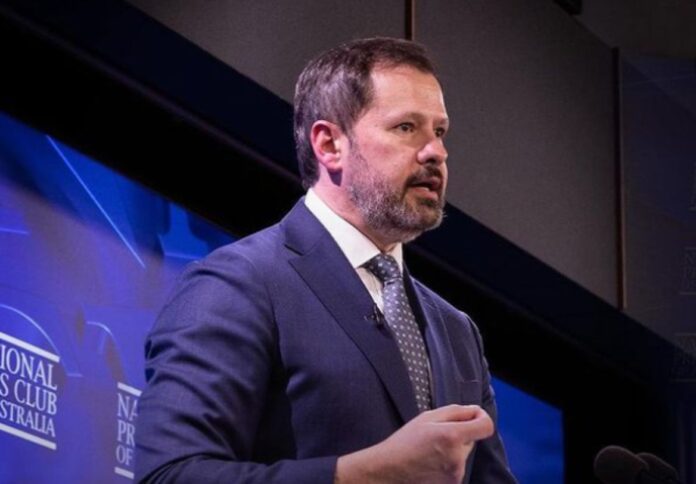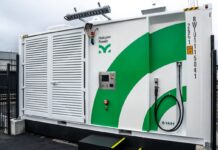
The adoption of value-added manufacturing will be crucial to boost the country’s economic complexity as “growth, jobs and the flexibility to respond to economic shocks will come from making more things in Australia,” according to Minister for Science and Industry Ed Husic in an address to the American Chamber of Commerce in Australia.
He emphasised that the next chapters of the nation’s economic evolution will centre on the ability of Australians to value add, which he described as the ability to do things differently.
To date, Australia is the Organisation for Economic Co-operation and Development (OECD) country with the biggest reliance on manufactured imports and the lowest level of manufacturing self-sufficiency, demonstrating shortfalls in Australia’s sovereign capabilities.
According to data reported by Minister Husic, Australia has dropped 38 places in Harvard’s Economic Complexity Index in less than 30 years.
Australia is currently ranked 93rd out of 133 countries, more than 50 places lower than Canada, the country with which the nation most frequently compares itself.
He also stated that the consequences of Australia’s loss of sovereign capacities had been brought home to every Australian in recent years.
“Every business in this room well remembers the impact of supply chain stresses caused by the COVID pandemic,” he noted.
Husic underscored the difficulties of disrupted supply chains, citing PPE shortages in the early months of the epidemic and the frenzied dash for RAT testing over the summer of 21/22.
According to him, these hurdles showed Australia what needed to be done, and in order to address these kinds of risks, he stated that the country should rebuild its industrial capacity.
“Battery storage, wind turbines, solar panels all are needed – and we have the ability to make them here if we are just willing to grasp it,” Husic remarked.
With the recent challenges, Minister Husic highlighted the development of the National Battery Strategy earlier this year.
“We are determined to play a bigger part in global battery industries, and not just as a supplier of choice for the raw material to deepen the value chain,” he noted.
He added, “I want to see us grow from our strengths and develop domestic battery industries that will support our transition to net zero and help our friends and allies on their journey as well.”
Among his objectives is the creation of high-quality jobs for highly qualified Australians who will manufacture the batteries and components that future vehicles, homes, and electrical networks will require in increasing numbers.
It all starts with the $392 million Industry Growth Program, announced in the budget, which provides small businesses with assistance and money to help them convert great ideas into growing businesses.
“Translating new knowledge into practical everyday use is crucial for economic growth and competitiveness,” Minister Husic remarked.
It will also expand the pipeline of investment-ready enterprises for what he claims as the plan’s centrepiece, the $15 billion National Reconstruction Fund (NRF).
He further described this initiative as “a fund that at its heart is about value-adding to our natural strengths and comparative advantages; leveraging our know-how onshore, across seven clearly identified national priorities.”
Minister Husic stated the NRF will help capable firms overcome the scale barrier he mentioned by providing more growth capital in the form of loans, guarantees, and equity injections.
In line with the NRF, he said that a technologically advanced manufacturing society must focus not just on how Australia can create goods here, but also on the priorities that the government should focus on.
“Research is the key to this and Australia can’t afford to be left behind – it must be done here, and built upon here, to ensure economic growth, societal well-being, and national security.”
Some of the priorities he mentioned are focusing more on Australian technology leadership in fields like quantum and biotechnologies, among others, and streamlining the nation’s list of critical technologies in the national interest.
He then expressed his excitement about the deepening levels of cooperation between the United States and Australia that will continue to see both countries partner together in technology collaboration, the clean energy transition, and advanced manufacturing.
“And it should be gratifying to all here today, that Australia and the US are committed to deepening cooperation to address the climate crisis through the implementation of the agreement signed earlier this year by Prime Minister Albanese and President Biden,” the minister concluded.

















